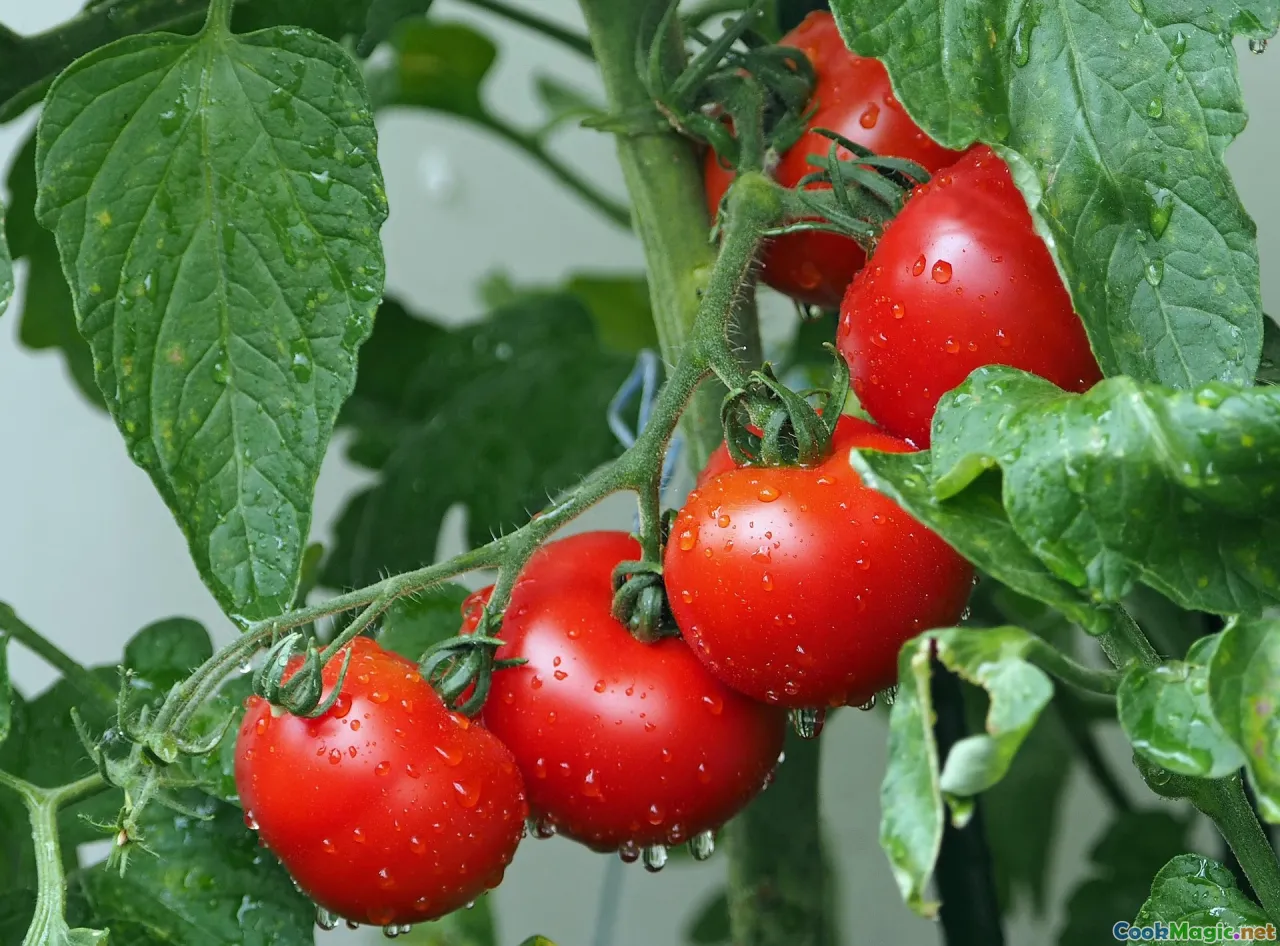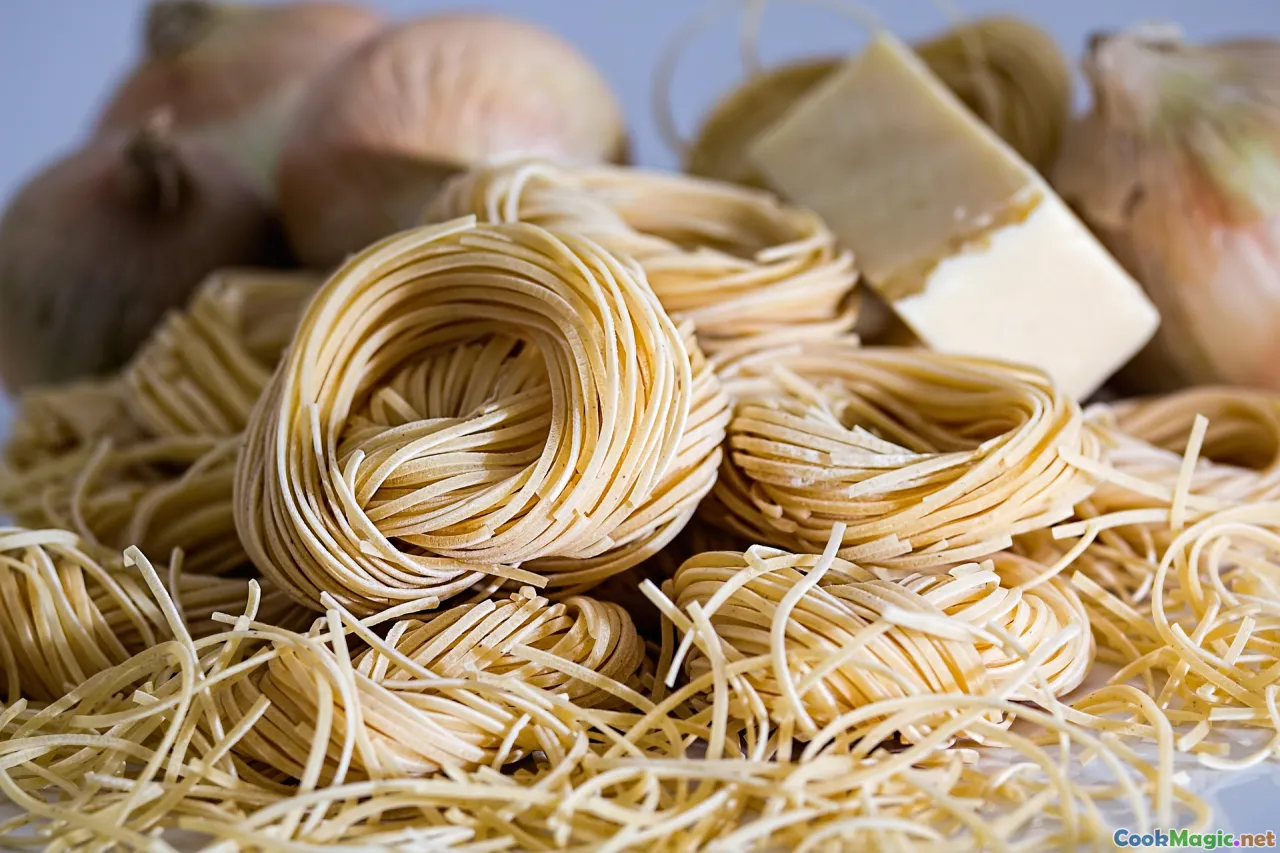Blind Tasting Popular Canned San Marzano Tomatoes
10 min read Exploring the flavors and quality differences of popular canned San Marzano tomatoes through a blind tasting experiment. July 11, 2025 00:05
Blind Tasting Popular Canned San Marzano Tomatoes
There’s an almost sacred reverence that surrounds the San Marzano tomato — a jewel of Italy’s rich culinary legacy, renowned for its sweet, tangy flavor, vibrant color, and ideal texture that elevates any dish. As a culinary enthusiast constantly exploring ingredient depth, I’ve always been curious about how these canned tomatoes truly compare across brands. So, in this deep dive, I embarked on a blind tasting adventure, hoping to uncover nuances, myths, and truths about these revered rials.
Setting the Stage: The Legend of San Marzano

Italy’s San Marzano tomato, named after the small town that shares its name near Naples, has become more than a fruit; it’s a symbol of Italian culinary pride. Grown under strict regulations in the volcanic soil of the Campania region, these tomatoes owe their unique flavor profile to mineral-rich soil, climate, and centuries-old cultivation practices.
People say that eating a truly authentic San Marzano transports you directly to a sun-drenched courtyard in the Amalfi Coast, yet the reality is that most of what’s sold abroad are canned versions, prepped for convenience but preserving much of that Italian essence.
The Setup: How I Tasted

I lined up six popular canned San Marzano brands, ensuring they were all authentic, conforming to D.O.P (Denominazione di Origine Protetta) standards. The tasting was blind — each can was labeled with a number; no brand info was visible. I prepared a simple test bed: pouring the tomatoes from each can into separate bowls, skipping any seasoning—a neutral palette to discern their innate qualities.
Using a standard tasting spoon, I examined each source’s color, texture, aroma, and then lastly, the flavors on a slice of toasted rustic bread. I took meticulous notes, paying attention to subtleties and differences.
Visuals and First Impressions

Almost instantly, differences became apparent. Some cans presented an intensified auburn hue, while others appeared slightly duller, hinting at less meticulous processing. More vibrant, glossy tomatoes contrasted with duller, matte ones. The surface texture varied too—some tomatoes showed a more intact, whole appearance, with slight ridges, while others looked as if they’d been heavily processed into pulp.
Aroma: The First Whisper of Flavor

Smelling each sample revealed layered profiles. The more authentic, high-quality cans exuded a sweet, roasted tomato aroma with a subtle hint of fresh basil, a fresh-picked scent of summer afternoons in Italy. Less refined brands often carried a slightly sweaty or metallic note, hinting at shortcuts or preservatives.
Texture and Consistency

Tasting the tomatoes on bread exposed their true textural differences. The ideal San Marzano has a firm-yet-jelly-like consistency—juicy but not watery. Some brands maintained a richer, almost buttery mouthfeel, while others’ liquid was more runny, and the pulp less cohesive.
In particular, brands that used quality whole peeled tomatoes occasionally showcased a satisfying bite—thin but resilient skin giving way to a meaty interior. Cheaper or lower-quality options felt overly processed, with mushier consistency, losing that distinctive clean bite.
Flavor Profiles

Here's where my sensory palate truly engaged. The top contenders reflected a beautifully balanced sweetness intertwined with a subtle acidity—a hallmark of authentic San Marzano tomatoes. You could detect a gentle complex fruitiness, reminiscent of sun-ripened fruit harvested at peak season.
The secondary notes varied: some brands had hints of roasted undertones, reminiscent of summer specters—roasted pepper, a touch of basil or oregano, even a whisper of smoky flavor. Others, less carefully processed, tasted somewhat flattened or watery, missing that layered complexity.
An interesting find? Some brands had a slight metallic aftertaste—not necessarily a sign of poor quality but indicative of the can’s metal lining in certain cases.
Personal Insights: Elevating or Disappointing?

As I progressed from taste-to-taste, I reflected on how much these tomatoes influence iconic dishes like Neapolitan pizza sauce or a simple rustic marinara. The more authentic, high-quality cans delivered a richness that could carry a slow-simmered sauce without overpowering spices—they provide a natural sweetness, reduced acidity, and a depth that transforms a humble dish.
In contrast, poorer options could make a dish dull or overly acidic, highlighting the importance of the right choice for cooking.
How to Select the Best for Your Kitchen

From my experience, key factors include:
- D.O.P. Certification: Always seek the D.O.P. label for authenticity.
- Packaged Whole, Not Pureed: Whole peeled in juice tends to retain better flavor and texture.
- Brand Reputation: Historic brands with Italian roots often follow strict standards.
- Label Clarity: Minimal ingredients—just tomatoes, water, salt.
Trust your senses: visual vibrancy, aroma, and tactile firmness are your best indicators.
From Shelf to Plate: Practical Tips
- Avoid Overprocessing: If the tomatoes look overly smooth or paste-like, they may have lost some character.
- Taste Before Cooking: This acts as a good benchmark.
- Season Lightly: Remember, authentic San Marzano are naturally sweet and delicate—let their flavor shine.
- Use in Classic Recipes: Perfect for a Margherita pizza, pasta arrabbiata, or caprese salad.
Culmination: The Emotional & Cultural Connection
Overall, this blind tasting reaffirmed a simple truth: while packaging and branding can mislead, a quality San Marzano tomato embodies the soul of Italian culinary culture—fresh, authentic, and bursting with sun-kissed flavor. Selecting the right can makes all the difference, turning a mundane tomato into a vessel of tradition.
In closing, I see these tomatoes not merely as ingredients, but as storytellers—each can capturing a slice of Italy’s heritage and the passion that goes into cultivating the land and nurturing its fruit. Once you taste a truly authentic San Marzano, it’s impossible not to seek that connection in every tomato-based dish you prepare.
Happy tasting, and may your kitchen always echo the vibrant spirit of Italy!









